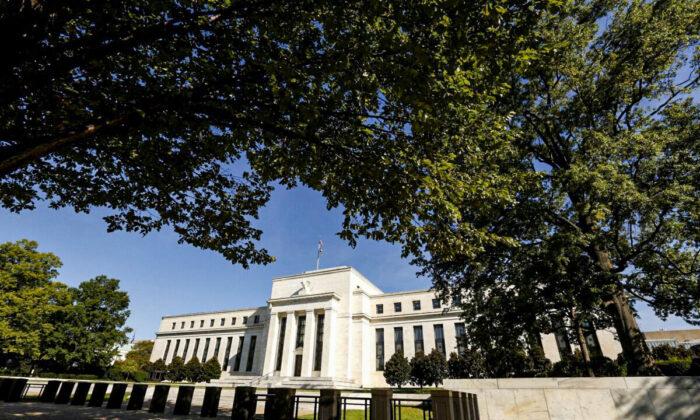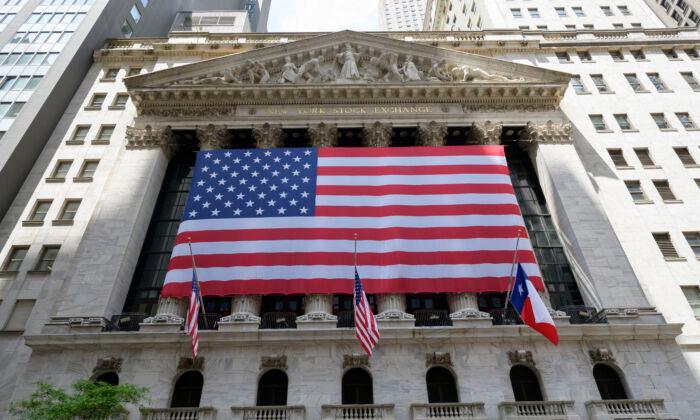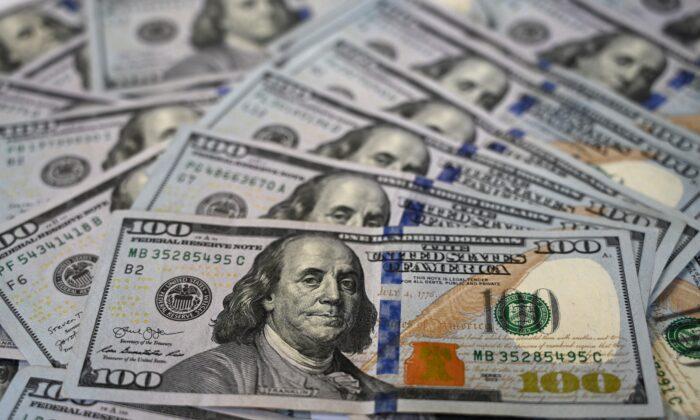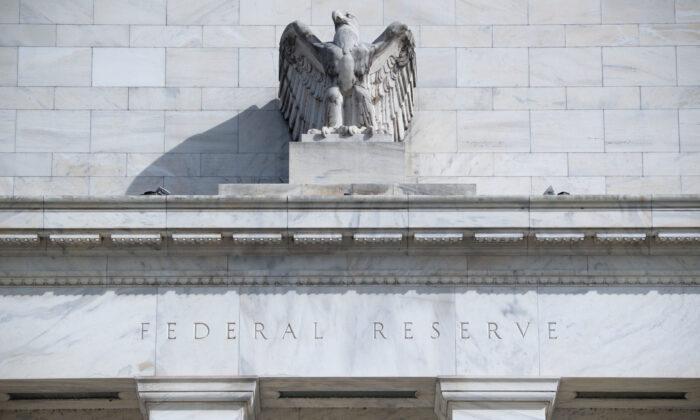At last week’s press conference, Federal Reserve Chairman Jerome Powell said if the Fed knew then what it knows now, it would have moved sooner to raise interest rates to contain inflation. The central bank didn’t know what it should have known because it still fails to consider the money supply when forming policy.
The Fed was created in 1913; its purpose was to make sure there would never be too much or too little money in the economy. To accomplish that objective, the Fed was given an awesome power—the power to create money or remove it from the economy.
Rather than closely monitor the money supply, the Fed chooses to manipulate interest rates to regulate the flow of money in the economy. However, rates are only indirectly related to the money supply.
Using interest rates to control the amount of money may be appropriate when the economy is highly stable. When the economy is unstable, as it is now, this indirect approach can create serious problems.
A more direct way to control the money supply is for the Fed to purchase or sell securities. Purchasing securities tends to add money to the economy, while selling tends to take it out.
Rather than operate with the more basic approach of money control, the Fed opts for a complex assortment of monetary tools to achieve a particular interest rate target. The term “keep it simple” comes to mind. That convoluted approach has created significant institutional changes in the financial system. The result has affected both the measurement of the money supply and the effectiveness of the Fed’s ability, or inability, to control money.
Fed changes began in 2007. The Fed had spent the previous four years purchasing 5 to 6 percent more securities each year. With the normal six- to nine-month lags, current dollar spending (GDP) also rose at a rate of 5 to 6 percent. In August 2007, the Fed became concerned the economy might weaken. The Fed cut its target rate to 5 percent but also began selling securities in an effort to prevent interest rates from falling below the 5 percent target. As the economy weakened, the Fed continued to lower interest rates and sell securities.
A recession began in January 2008. Instead of the basic approach of purchasing securities to increase the money supply, the Fed responded by selling hundreds of billions of dollars of securities, thereby removing money from the economy. By that summer, the Fed’s security holdings fell to where they had been nine years earlier. That was the greatest monetary contraction since the 1930s.
What followed was the worse financial crisis since the Great Depression.
In November of 2008, with the economy starved for liquidity, the Fed lowered its interest rate target to zero percent. Although the Fed claimed it had done all it could to help the economy, the downturn continued. Then, in February 2009, the Fed began buying securities. Within a month the stock market recovered and by July, the economic recovery began. However, we were left with the “Great Recession” and the destruction of many businesses and jobs.
Once the recovery was underway, the Fed bought so many securities, most of the new funds never made it into the economy. Rather, banks kept these funds on deposit with the Fed. Bank deposits at the Fed only are potential money. They turn into money when the banks loan and invest the funds. From 2014 to 2019, the Fed stopped buying securities and then sold them. Banks were able to offset these restrictive moves by shifting their deposits at the Fed into loans and investments. The end result was a fairly stable monetary policy.
Then came the 2020 COVID lockdown. The Fed responded by purchasing a massive $1.5 trillion in securities from February to May in 2020, and continued purchasing hundreds of billions each month up to this year. The massive increase in purchases created double-digit money growth in 2020, which produced double-digit growth in spending in 2021, as well as soaring inflation. Last year, the Fed continued its excessive ease, leading to further strong increases in spending, which resulted in today’s runaway inflation.
What Should the Fed Do?
The Fed should recognize how its complex policy approach is a mistake that can destabilize money and the economy. After the financial crisis in 2008 and the highest inflation in 40 years, it’s past time for the Fed to return to a more basic approach to managing the nation’s money.Using Fed interest rate targets to enforce an arbitrary target rate distorts financial market signals. When the Fed short-circuits the market, crucial monetary measurement information is lost. The Fed’s most serious policy mistakes occur when its target interest rate is either well above or below the market rate.
The Fed should return to the basics of buying and selling securities. However, with banks holding $4 trillion in Fed deposits, the Fed isn’t the only game in town. The banks are able to shift hundreds of billions into or out of the economy by shifting their deposits with the Fed. The central bank has to be able to coordinate its purchases or sales of securities with the behavior of banks to regulate the flow of money into the economy.
Until the Fed is better able to gain control of the amount of money entering or leaving the economy, we will be at the mercy of a central bank that’s navigating the monetary waters without a compass.





